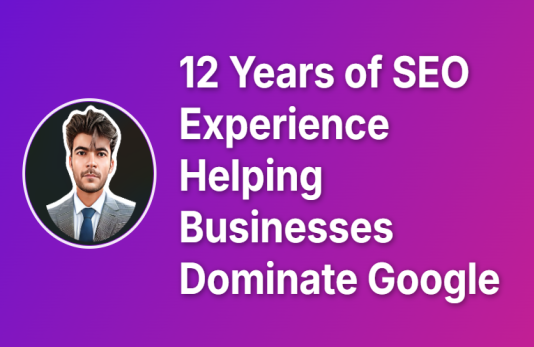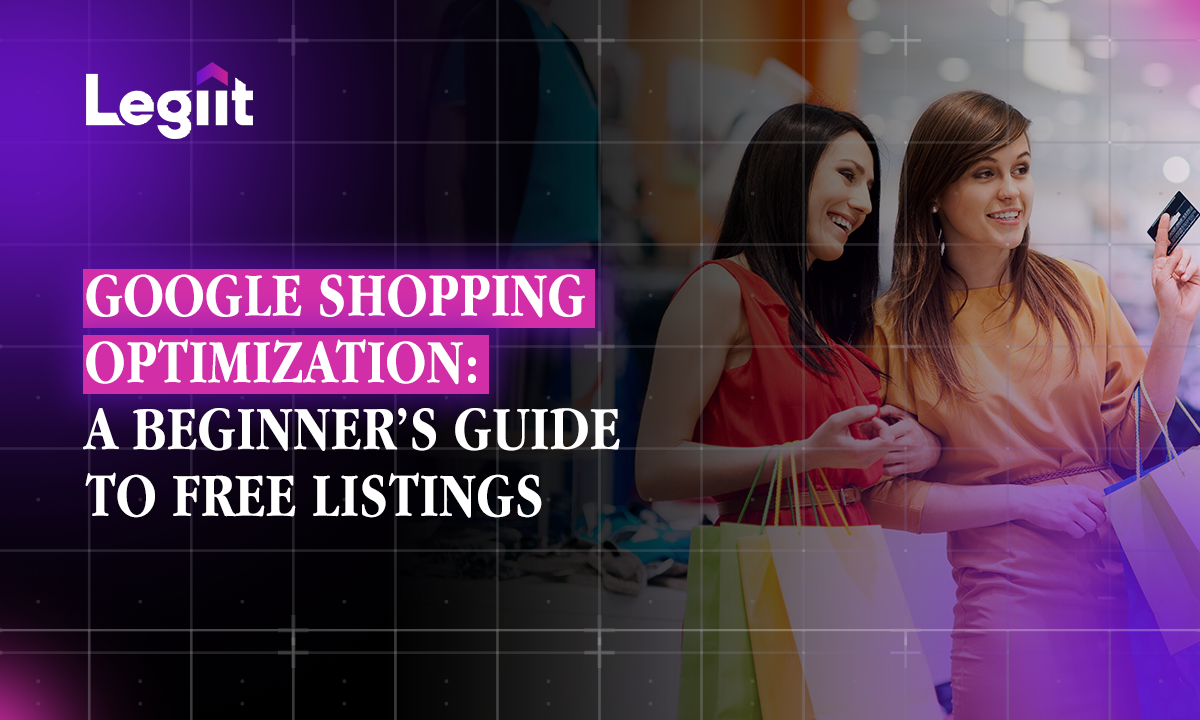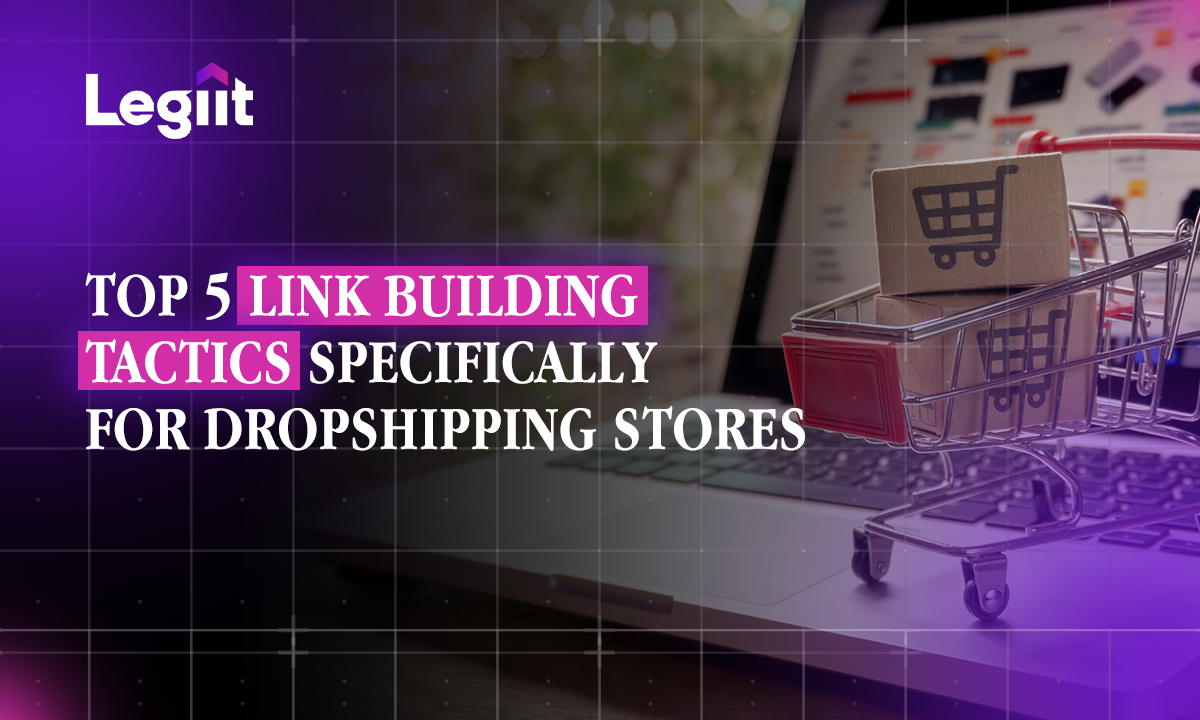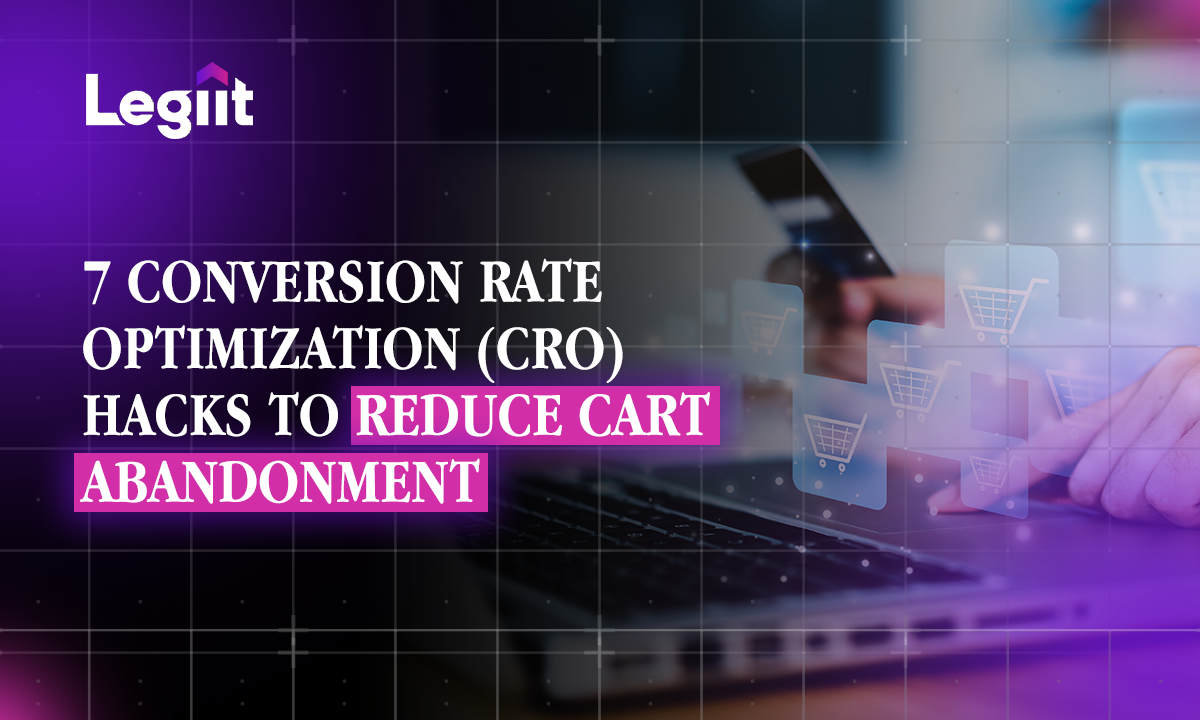Understanding Your 2025 Business Goals
As you look ahead to 2025, aligning your LinkedIn marketing strategies with your business goals is key. Start by setting clear objectives that match the current digital landscape. Think about what success means for your brand—whether it’s boosting brand awareness, generating leads, or improving customer engagement.
Your digital marketing guide for 2025 should include a competitive analysis of your industry. Find out who the key players are and how they use LinkedIn. Understanding their tactics can help you spot market trends and gaps that you can fill. This insight will refine your approach and help you apply marketing best practices to achieve measurable results.
By establishing specific goals, like expanding your network or increasing lead conversion rates, you create a roadmap. This roadmap guides all actions on LinkedIn.
Defining Your Target Audience on LinkedIn
Targeted marketing on LinkedIn starts with knowing your audience. Creating buyer personas helps you picture potential clients based on demographics and interests. Audience segmentation lets you tailor content for each group.
Use tools on the platform to analyze user behavior further. By engaging in audience segmentation, you can craft messages that resonate with different groups of professionals in your network.
Effective lead generation on LinkedIn relies on understanding where these individuals spend time online and what content they enjoy most. Use this knowledge not just for outreach but also when creating valuable content. This content establishes trust and authority within those segments.
Creating a Robust LinkedIn Marketing Strategy
To create effective LinkedIn marketing strategies for 2025, focus on developing solid content strategies for the platform's unique environment. Identify themes relevant to industry trends and audience interests. This keeps the content engaging while aligning with your business goals.
Engagement metrics are crucial for tracking how well your strategy performs over time. Keep an eye on likes, shares, comments, and connection requests from posts or campaigns. These insights will help adjust future actions instead of waiting until after campaigns end.
Community engagement is also essential—take part in discussions related to your offerings without pushing sales upfront. Showcasing expertise boosts credibility among peers across various industries.
Strategic posting means planning when and how to share updates so they reach audiences at the best times during any given week or month based on earlier research about your target markets.
This layered approach ensures every piece of content helps achieve the overall goals of boosting visibility and driving conversions that lead to long-term success into the next year!
Optimizing Your LinkedIn Profile for Maximum Impact
Crafting a Compelling LinkedIn Profile Headline
Your LinkedIn headline is what people see first. It’s like your online introduction. It should tell who you are and what you do. For good personal branding on LinkedIn, be clear and relevant. Use strong keywords that connect with your audience to boost brand visibility.
A good headline shows your professional identity. It helps improve your online presence. Include specific skills or industry terms for targeted marketing on LinkedIn. Instead of just saying "Marketing Professional," say "Digital Marketing Strategist Specializing in Social Media Engagement." This way, you attract the right connections and increase search chances.
Showcasing Your Expertise Through Your LinkedIn Profile Summary
Your profile summary is a chance to show off what you know and become a thought leader. Start by saying what makes you stand out in your field. Use thought leadership strategies to highlight big achievements.
Focus on content creation that shows both depth and range. Mention engagement metrics if you can—like how many followers grew from a campaign or how much interaction your posts got. A strong summary not only builds your digital presence but also aids lead generation on LinkedIn, making it clear why others should connect with you.
Break this section into short paragraphs covering key areas: background experience, notable projects, skills important for potential partners or employers, and an invitation for connection based on shared goals.
Building a Professional LinkedIn Network
Good networking strategies are key to making strong connections on LinkedIn. Start by connecting with colleagues, industry leaders, and peers who share similar interests to help create community engagement.
Building trust on LinkedIn takes consistent interaction. Comment thoughtfully on others’ posts to show genuine interest and strengthen professional relationships. Employee advocacy can also work wonders; get team members to share their work experiences for greater reach across networks.
To maximize networking:
- Join discussions in groups related to your field.
- Share valuable content like articles or case studies about trends.
- Attend virtual events where direct engagement opportunities arise.
By actively building these relationships through smart networking, you’ll create an environment ready for collaboration and growth in the platform's large ecosystem.
Mastering LinkedIn Content Creation and Strategy
Developing a Content Calendar for LinkedIn
Making a content calendar is super helpful for LinkedIn marketing. A good calendar helps you plan and schedule your posts, keeping your messaging consistent. To create one, start by picking key themes that match your audience's interests and your business goals. This helps align your content with important dates or industry events.
Understanding your audience is key. You should know who they are so you can pick topics that really connect with them. For example, if you're reaching out to B2B professionals, think about sharing insights on industry trends or best practices that can help their businesses grow.
Use engagement metrics to decide how often to post and what types of content to share—be it articles, infographics, or videos. Always check how well your posts perform so you can adjust your strategy. This way, you’ll make sure you are not just reaching but also engaging your audience effectively.
Creating Engaging LinkedIn Posts
To grab attention on LinkedIn, it's super important to create engaging posts that get followers talking. Start with video content marketing because videos tend to attract more interaction than text-only updates. Keep your videos short and informative—maybe share tips on personal branding on LinkedIn or key insights from your industry.
When writing posts, try using storytelling to connect emotionally with readers while staying professional. Asking questions at the end of each post can boost community engagement by sparking discussions among connections.
You might want to use conversion optimization tactics too, like adding calls-to-action in your posts or asking users to share their thoughts about the topic you’ve discussed. This not only increases visibility but also builds a sense of community among people facing similar professional challenges.
Utilizing LinkedIn Articles for Thought Leadership
LinkedIn articles are a great way to show thought leadership in your field. By sharing original ideas in long-form content, you establish yourself as someone who can influence opinions in B2B marketing settings.
Good thought leadership strategies include thorough research paired with practical advice based on real experiences—this builds credibility while directly appealing to potential leads who need guidance in their own work.
Content curation is also important; sharing useful resources from trustworthy sources shows that you're aware of larger discussions happening in the field. It builds trust with readers who value varied perspectives.
Publishing high-quality articles regularly will improve both brand visibility and lead generation efforts on LinkedIn—an effective combination for building a strong online presence in networking-focused platforms like this one.
Expanding Your Reach and Building Relationships on LinkedIn

Leveraging LinkedIn Groups for Targeted Networking
LinkedIn groups are super useful for targeted marketing on LinkedIn. These groups help you connect with professionals who share your interests or work in similar fields. By joining the right groups, you can engage with an audience that fits your brand’s goals.
Here’s how to make the most of LinkedIn groups:
- Find Relevant Groups: Look for groups related to your field. Choose those with active members and ongoing discussions.
- Be Active: Join conversations, share helpful information, and answer questions without promoting yourself too much. This helps build community engagement.
- Segment Your Audience: Use your group memberships to further segment your audience. Adjust your messages based on what the group focuses on, making sure it resonates with its members.
Being active in these groups boosts your visibility and shows you as a knowledgeable leader in the community.
The Power of LinkedIn Connections: Building Trust and Engagement
Trust is key in professional networking on LinkedIn. Each connection can lead to important relationships that might turn into collaborations or business chances.
To build trust on LinkedIn:
- Customize Connection Requests: Always add a personal note when sending a connection request. Mention shared interests or mutual contacts to help create a bond.
- Post Valuable Content: Share interesting articles or updates about your industry regularly. This highlights your expertise and keeps your network engaged.
- Engage Regularly: Comment thoughtfully on other people’s posts. This strengthens professional ties and increases brand visibility.
These methods help you build credibility over time, making it easier for potential clients or partners to reach out when they need services that align with yours.
Utilizing LinkedIn's Advertising Features for Enhanced Visibility
LinkedIn offers strong advertising options that boost brand visibility among specific audiences through sponsored content and tailored ads.
Here are some strategies you can use:
- Sponsored Content Campaigns: Create engaging posts that show up in users' feeds, targeting specific job titles, industries, and more.
- A/B Testing Ads: Run different ad variations at the same time to see which ones get the best response. This helps you understand what messages work best for conversion optimization.
- Analytics Tracking: Check the analytics after launching your campaigns. Monitoring performance allows you to make real-time adjustments so that your digital marketing efforts are effective throughout 2025.
By using these features wisely, brands can greatly improve their presence within their target markets while attracting qualified leads effectively.
Measuring Your LinkedIn Marketing Success and Adapting Your Strategy
Tracking Your Key Performance Indicators (KPIs) on LinkedIn
To measure your success on LinkedIn, you need to track key performance indicators (KPIs). These metrics show how well your marketing strategies work. Focus on engagement metrics like likes, shares, comments, and follower growth. They help you see how your audience interacts with your content.
Using analytics tools for LinkedIn can boost your ability to gather data. Tools such as LinkedIn Analytics or other platforms let you check conversion rates and lead generation efforts. For example, tracking how many leads come from specific posts can shape your future content strategies.
Conversion optimization is another key part of tracking KPIs. Look at which types of content lead to the most conversions—like articles, videos, or infographics—and tweak your strategy based on that. By adjusting these elements with marketing insights gained from KPIs, you keep your approach effective and in tune with audience interests.
Analyzing LinkedIn Analytics for Improved Results
Looking closely at data gathered through analytics tools for LinkedIn can greatly improve your results. Start by doing A/B testing on different kinds of posts to find out what resonates most with your audience. This lets you compare two versions of a post directly.
Community engagement is crucial here; knowing who engages with your content helps improve audience segmentation practices. By segmenting audiences based on demographics or behavior, you can tailor messages better and raise overall engagement rates.
Also, using marketing research alongside analytics helps spot trends among specific user segments over time. Regularly reviewing this data not only improves current campaigns but also gives helpful information for planning future ones.
Adapting to Algorithm Changes and Emerging Trends
To stay relevant, adapt quickly to algorithm changes and new trends in the digital landscape—especially as we head into 2025's shifting environment for social media marketing strategies. Understanding these marketing trends is key for keeping a strong digital presence.
Conducting competitive analysis regularly makes sure you're aware of shifts in competitors’ methods and new features introduced by platforms like LinkedIn itself—this knowledge guides necessary adjustments in real-time strategy adaptations aimed at trust building on the platform.
By staying flexible and responsive to both algorithm updates and changing user expectations around authenticity online, brands can build stronger relationships based on transparency while improving visibility across professional networks.
Advanced LinkedIn Marketing Strategies and FAQs
Integrating AI and Automation into Your LinkedIn Marketing Strategy
AI and marketing automation are changing how businesses connect on LinkedIn. By using AI in marketing, companies can study user behavior, improve content delivery, and boost engagement metrics. For example, some tools use machine learning to find the best times for posting based on when users are most active.
Marketing automation helps manage tasks like content curation and post scheduling. This allows marketers to spend more time on strategy instead of repetitive tasks. Automated systems keep your digital presence strong by ensuring regular updates without needing manual work.
AI-driven analytics offer insights into what content works best for your audience. Brands can tweak their strategies based on these insights to increase engagement over time.
Addressing Common LinkedIn Marketing Challenges
Understanding common challenges is key to succeeding in LinkedIn marketing. One major challenge is finding effective networking strategies that build trust. Authenticity matters; sharing personal stories or experiences from your industry creates real connections.
Another issue is doing competitive analysis to see what others in your field are doing well. Keeping an eye on competitors helps you spot trending topics or successful campaigns that you can adapt while keeping your unique branding.
Following marketing best practices is also vital for success on this platform. Regularly updating profiles with relevant skills, engaging with followers through comments or messages, and sharing informative articles can greatly help in establishing authority within your field.
Future-Proofing Your LinkedIn Marketing Approach
Looking ahead to 2025, it’s important to adapt to new marketing trends for success on LinkedIn. Community engagement will be essential as users seek real interactions instead of just promotional posts. Creating discussions around shared interests can help develop loyal followings.
Knowing buyer personas is another important factor for future-proofing your strategy. Distributing content on LinkedIn according to specific demographics makes sure your message resonates with target audiences. Using different formats like videos or infographics can enhance appeal alongside traditional posts.
Finally, lead generation methods must keep evolving. Using creative approaches like interactive polls or webinars boosts participation while showing off expertise in specific areas. This drives interest towards the products or services offered by your brand.
FAQs About LinkedIn Marketing Comprehensive Guide 2025
1. What are the key components of a LinkedIn marketing strategy for 2025?
A successful LinkedIn marketing strategy includes defining business goals, targeting the right audience, creating valuable content, and measuring performance metrics.
2. How can I use LinkedIn advertising effectively?
Utilize sponsored content to reach specific audiences. A/B testing helps you determine what messages resonate best with your target market.
3. Why is community engagement important on LinkedIn?
Community engagement fosters relationships. Engaging with peers builds trust and encourages interactions, which enhances brand visibility.
4. What marketing trends should I watch for in 2025?
Focus on authentic connections and personalized content. Video marketing and interactive posts will play a significant role in user engagement.
5. How can I improve my online professional presence?
Update your profile regularly. Showcase skills, achievements, and engage with industry content to establish authority within your network.
Key Points for Enhancing Your LinkedIn Marketing
- LinkedIn Advertising Strategies: Use targeted sponsored content to capture audience interest. A/B test your ads for optimal results.
- Networking Events: Attend local networking events in areas like Seattle or Bellevue to connect with professionals.
- Digital Presence Optimization: Regularly update your LinkedIn profile to reflect current skills and projects. This boosts your online professional presence.
- Marketing Insights Gathering: Analyze data from LinkedIn analytics to understand audience preferences and adapt strategies accordingly.
- Lead Generation Techniques: Implement creative methods like polls or webinars to drive user participation and showcase expertise in your field.
- Regional Focus: Consider regional markets such as King County or Alameda County for localized networking opportunities and targeted campaigns.
- Thought Leadership Development: Create articles that address common industry challenges, helping you build credibility among peers in Washington D.C. or Northern Virginia.
By integrating these elements into your LinkedIn marketing efforts, you can enhance visibility and foster valuable connections throughout 2025 and beyond.















 Download
Download